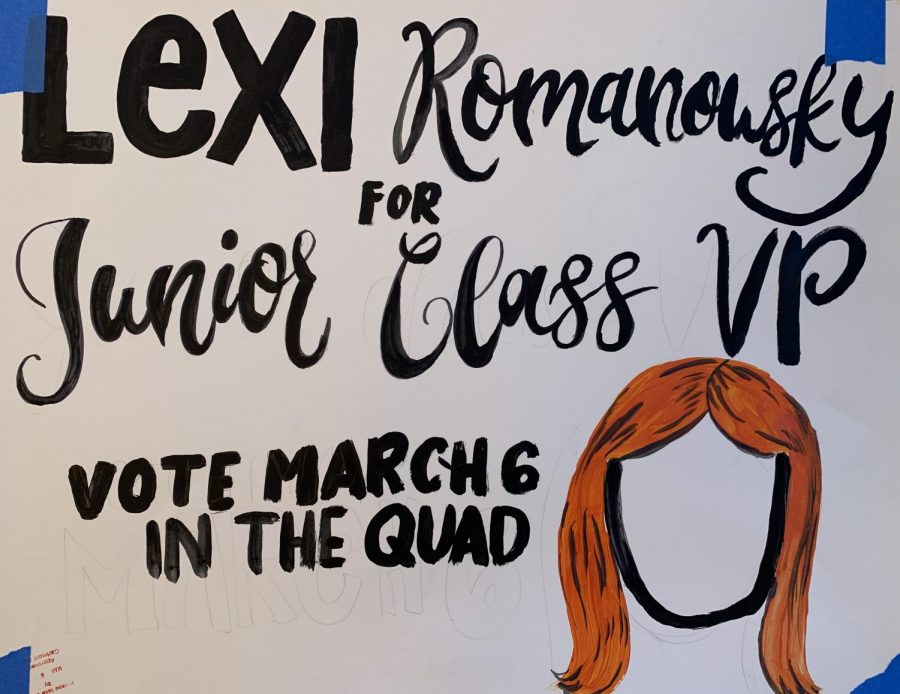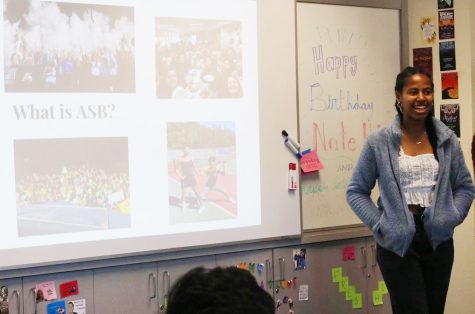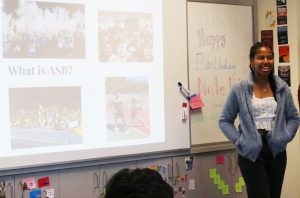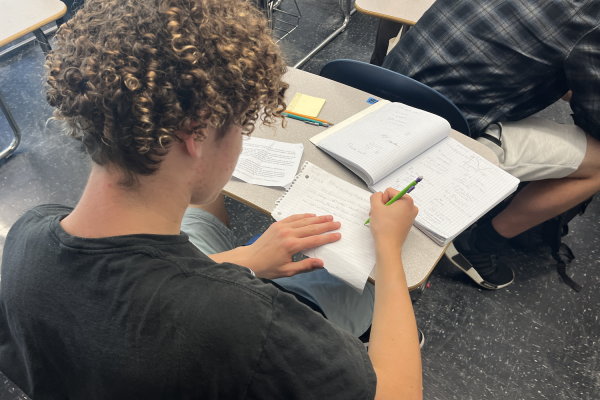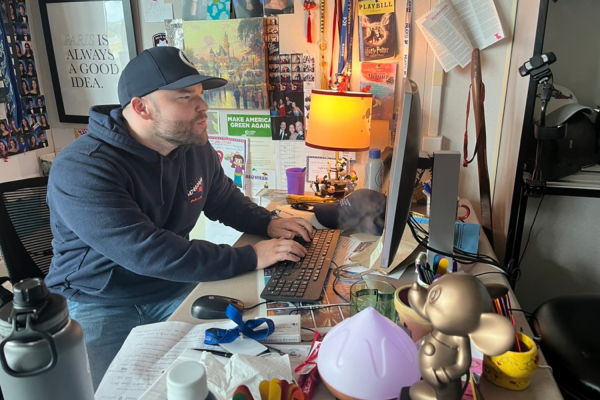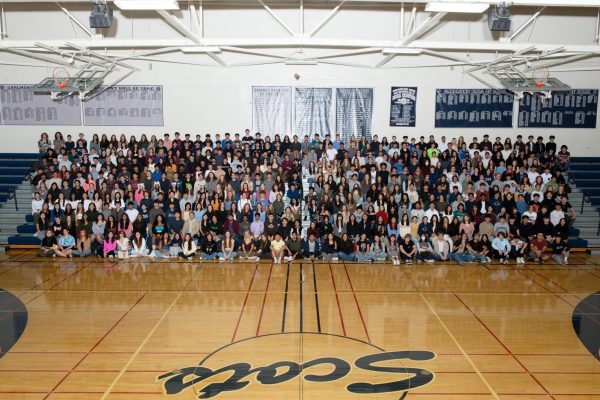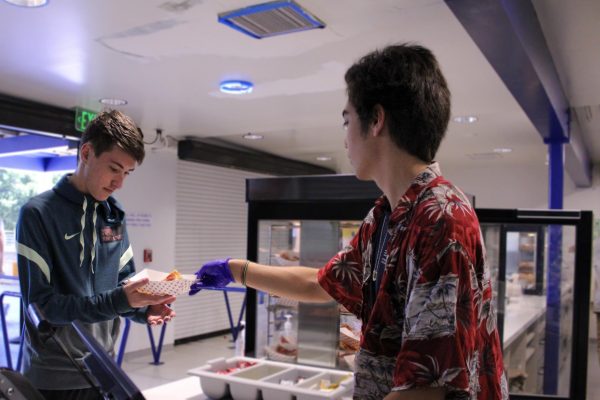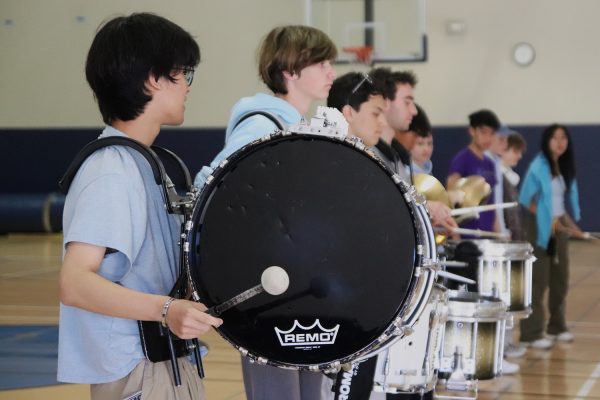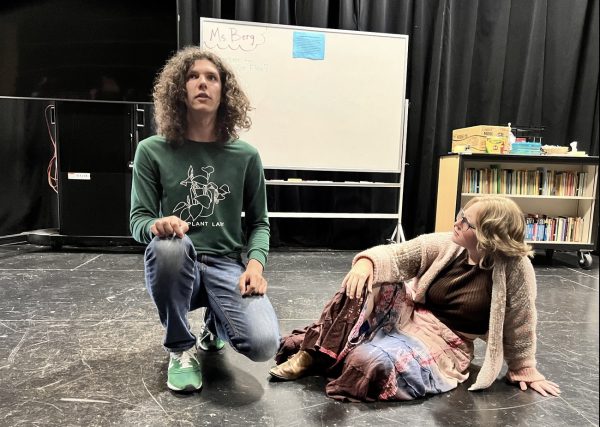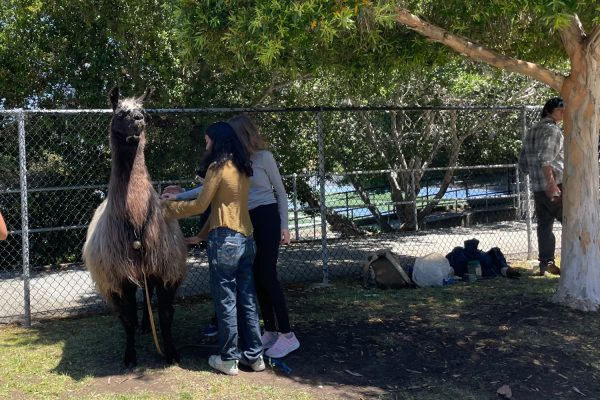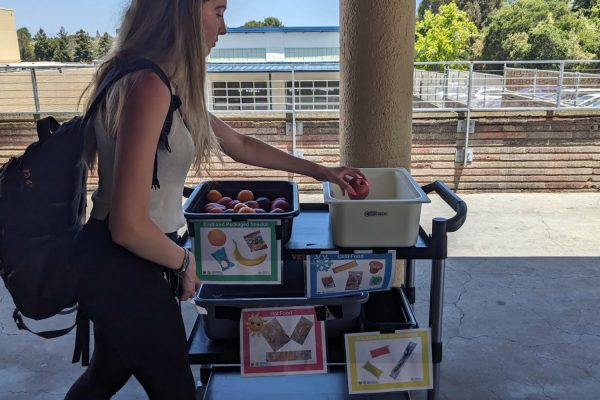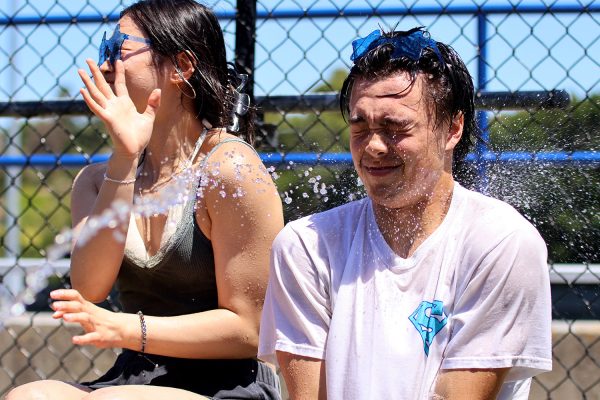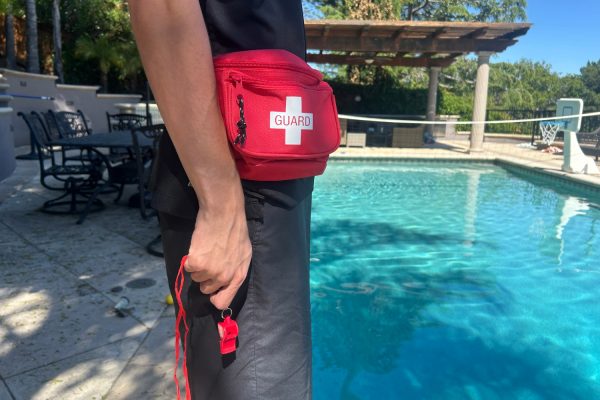ASB elections provide good experiences for candidates and students
A poster convinces students to vote for sophomore Lexi Romanowsky, one of the candidates in the election.
March 10, 2020
Winning most elections don’t come without a cost, and Carlmont’s student elections are no exception. Candidates take part in a three-week-long process that includes posters, petitions, and campaign videos to hopefully win a coveted leadership position in the Associative Student Body (ASB).
In the weeks leading up to the election, colorful posters crowded Carlmont’s walls, their bright colors and big letters screaming propaganda for different candidates. During lunch and in class, students could be seen with sheets of paper, trying to collect signatures from members of their class to support their run. Posts on social media began to surface in support of different students for their desired positions.
“Vote Lexi Romanowsky!” a Snapchat story suggests. “She’ll get the job done.”
“Vote Noah for president!” an Instagram post says. “He’s your best bet!”
All of this is part of the strenuous process candidates undertake to promote their campaigns and hopefully win a position.
“The Election process takes a lot of time because you have to do a lot of things like making posters and creating a campaign video,” said Jono Sison, Carlmont’s sophomore class president. “When campaigning, you realize that your time is extremely limited because, on top of activities like homework and sports, you now have to put a lot of time and energy into a campaign process that lasts weeks.”
When campaigning, you realize that your time is extremely limited because, on top of activities like homework and sports, you now have to put a lot of time and energy into a campaign process that lasts weeks.
— Jono Sison
Besides the promotional aspect of their campaigns, candidates also must watch their actions and attitudes, making sure they set a good example for their class, are seen as role models for Carlmont, and remain respectful of fellow candidates. On top of this, they have to have ideas for how to better the school next year and appeal to the majority of student needs on campus.
“Candidates embodying the kind of attitudes I want to see around the school more is probably the most important factor for me when I considering who to vote for, as well as their goals and plans for the future,” said Matthew Ghazal, a junior.
For some, this can be difficult, as they have to prioritize their image and responsibilities above all else for their class.
“I can be a little goofy, and I have to watch what I do because sometimes I could be setting a bad example in front of people, which to me feels like I’m reflecting badly on the whole class of 22,” Sison said.
On top of all this, there are numerous requirements students must meet to even be eligible for office and specific deadlines they have to meet.
“There’s a minimum 2.0 GPA, and if s student wants to run for senior class office, they have to have had either a year of ASB or an equivalent leadership experience somewhere else. They also have to turn in election packets that meet all the basic requirements, and a petition with 85 signatures,” said Jim Kelly, the activities director and head of ASB.
The election process doesn’t only impact candidates. Carlmont’s student body plays a significant role as well.
“It’s primarily run by the students,” Kelly said. “If anything, I’m a guide. Besides me, the administration and other teachers don’t have much influence at all.”
Student votes are the deciding factor that determines the election winners. A reasonably sized portion of students participate in elections and get a chance to impact the future of their school through their votes.
“Normally, we get about 30-40% of students to vote, which is a pretty large number of voters. This means a lot of our student body is affected by these elections in terms of wanting to have a voice and deciding on their elected officers.”
According to Kelly, roughly 600-800 students at Carlmont participate in the elections out of a total population of approximately 2,152. Many students enjoy taking part in the process and voting, as it gives them a sense of responsibility for their school and influence.
“Elections provide a good experience for students because they engage and entertain them while also allowing them to play a part in student government, and, in turn, the way the school is run,” Ghazal said.
Elections are beneficial for candidates as well, regardless of the results. Though exhausting and time consuming, the election process provides them with useful life experiences and teaches them important life lessons.
“The election teaches kids how to deal with stress, time management, and how to possibly deal with loss,” Sison said. “Ultimately, it prepares students for similar experiences they will encounter in the real world.”

